Best Techniques for Public Speaking in Business
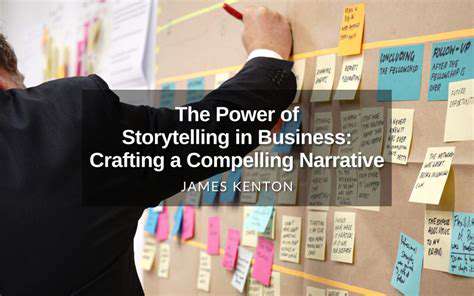
Setting the Stage: Where Stories Begin
Great narratives don't just inform - they transport audiences to another world. When I first started presenting to corporate clients, I learned that the magic happens when you stop presenting data and start sharing experiences. Those initial moments of a story determine whether your audience leans in or tunes out.
I remember preparing for a crucial pitch last spring. Instead of diving straight into metrics, I began by describing the morning hustle of our target customer - the spilled coffee, the frantic search for keys, the relief of finding that last parking spot. These sensory details created instant recognition in the room. When you paint with all five senses, your story becomes their story.
Characters: The Heartbeat of Your Narrative
In my consulting work, I've noticed how often business presenters forget they're talking about real people. Last quarter, a client shared a case study that transformed when we gave their customer persona a name - Maria - and explored her daily struggles. Suddenly, the ROI figures mattered because we'd shown exactly whose life they would improve.
What makes characters compelling isn't perfection, but authenticity. The most memorable business stories I've heard feature protagonists with relatable flaws - the overworked manager, the skeptical investor, the passionate but inexperienced founder. These are the characters audiences remember.
Plotting Your Business Journey
The best business narratives mirror classic story structure. I coach clients to think in three acts:
- The Challenge (what keeps your client up at night)
- The Journey (how your solution works)
- The Resolution (measurable outcomes)
Last month, a tech startup used this framework to secure Series A funding. By framing their pitch as an adventure rather than a proposal, they made investors feel like co-authors of their success story.
Themes That Resonate
The most powerful business stories I've encountered weave in universal themes. A sustainability report becomes compelling when it's not about carbon credits, but about legacy. A diversity initiative transforms when it's framed as unlocking human potential rather than meeting quotas.
I often share how a financial services client increased engagement 300% by anchoring their annual report in the theme of security - not just financial security, but the emotional security of knowing loved ones are protected. When you tap into fundamental human desires, your message sticks.
Dialogue That Delivers
In live presentations, I teach clients to use verbal italics - subtle changes in pace and tone to emphasize key points. Record yourself presenting and listen for monotony. The best business storytellers vary their delivery like seasoned actors.
One CEO I worked with transformed dry earnings calls into engaging narratives by incorporating customer verbatims. Hearing actual client voices describing their experiences created emotional resonance no spreadsheet could match. Authentic dialogue builds bridges no bullet point can cross.
The Revision Process
My golden rule? First drafts are for getting ideas down; great stories emerge in revision. I recommend the 24-hour rule - step away from your presentation overnight, then review with fresh eyes. Better yet, present to a colleague and watch their body language. When they lean forward, you've found gold.
A healthcare client recently trimmed their 60-slide deck to 12 after realizing which stories actually held attention. The most impactful business narratives aren't the longest - they're the most distilled.
True accessibility goes beyond compliance checklists. It's about designing experiences that welcome everyone. I learned this firsthand when a visually impaired colleague reviewed one of my early presentations. His feedback transformed how I approach design - alt text isn't an afterthought, it's an invitation. Inclusive design isn't just ethical; it's how you discover your blind spots.
Mastering Q&A: The Unseen Presentation

Preparation: Your Safety Net
Early in my career, I dreaded Q&A sessions until a mentor reframed them as the real presentation. Now, I prepare by anticipating every possible question - even the uncomfortable ones. I create a question bank with categorized responses, which gives me confidence to handle curveballs. The best answers often come from thorough preparation, not improvisation.
The Art of the Pause
One of the most valuable techniques I've learned is the power of the pause. When faced with a tough question, taking a breath (and maybe a sip of water) gives me time to formulate a thoughtful response. Audiences appreciate considered answers more than rushed ones. A well-placed pause conveys confidence, not uncertainty.
Turning Challenges into Connections
I'll never forget the hostile question that actually won me a client. By acknowledging the concern (That's an important perspective) and reframing it as a shared challenge, we discovered common ground. Now I see tough questions as opportunities to demonstrate expertise under pressure. The questions you fear most often create your most memorable moments.
The I Don't Know That Builds Trust
Early in my career, I thought admitting ignorance was professional suicide. Then I watched a seasoned executive say I'll need to research that - and gain credibility. Now I keep a follow-up list for unanswered questions. Honesty about knowledge gaps often builds more trust than pretending to know everything.
Time Management as Respect
I learned this lesson the hard way after letting one question dominate a session. Now I use visual cues - a small clock on my notes, or arranging to have a colleague signal time - to keep sessions moving. Respecting everyone's time is the ultimate professional courtesy.
Read more about Best Techniques for Public Speaking in Business
Hot Recommendations
- How to Stay Productive While Working Remotely
- Tips for Managing Conflict with Coworkers
- Entrance & Certification Exams (升学考试)
- How to Improve Your Storytelling Skills (Speaking)
- How to Find Profitable Side Hustles
- Tips for Preparing for the TOEFL iBT Home Edition
- Guide to Switching Careers from [Industry A] to [Industry B]
- How to Run an Effective Hybrid Meeting
- Tips for Marketing Your Side Hustle on Instagram
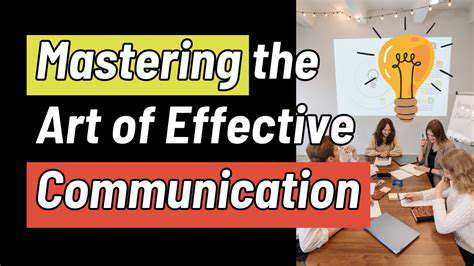
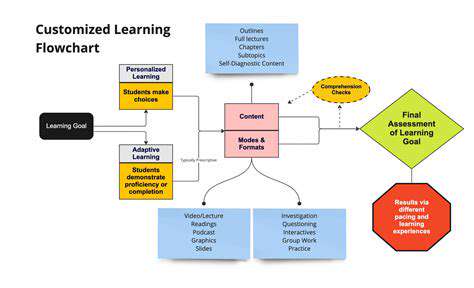

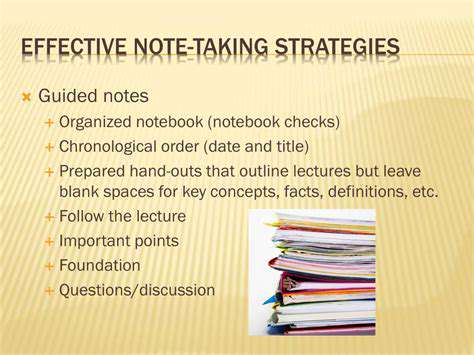

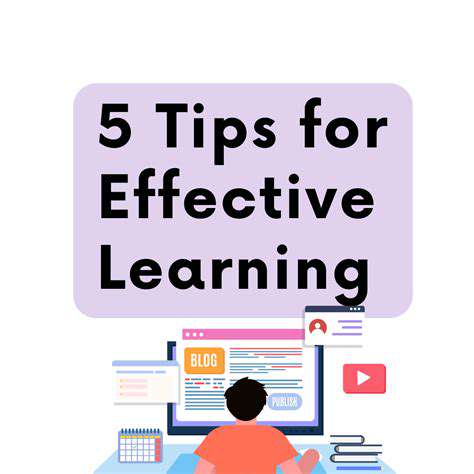
![Best Resume Action Verbs for [Specific Industry]](/static/images/32/2025-05/ElevatingYourCommunication26PresentationSkills.jpg)
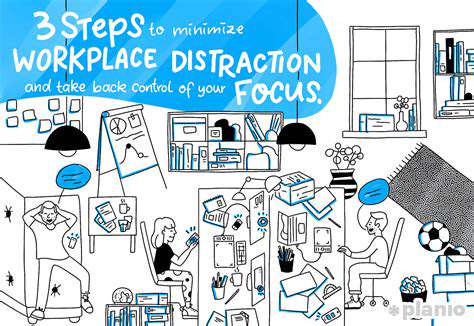
![Best Online Courses for Learning [Specific Business Skill, e.g., Negotiation]](/static/images/32/2025-05/ComprehensiveNegotiationStrategies3AChoosingtheRightCourse.jpg)
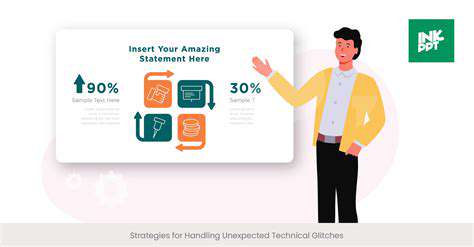
![Best Online Courses for Learning [Specific Creative Skill, e.g., Illustration]](/static/images/32/2025-06/SpecializedCoursesforSpecificIllustrationStyles.jpg)